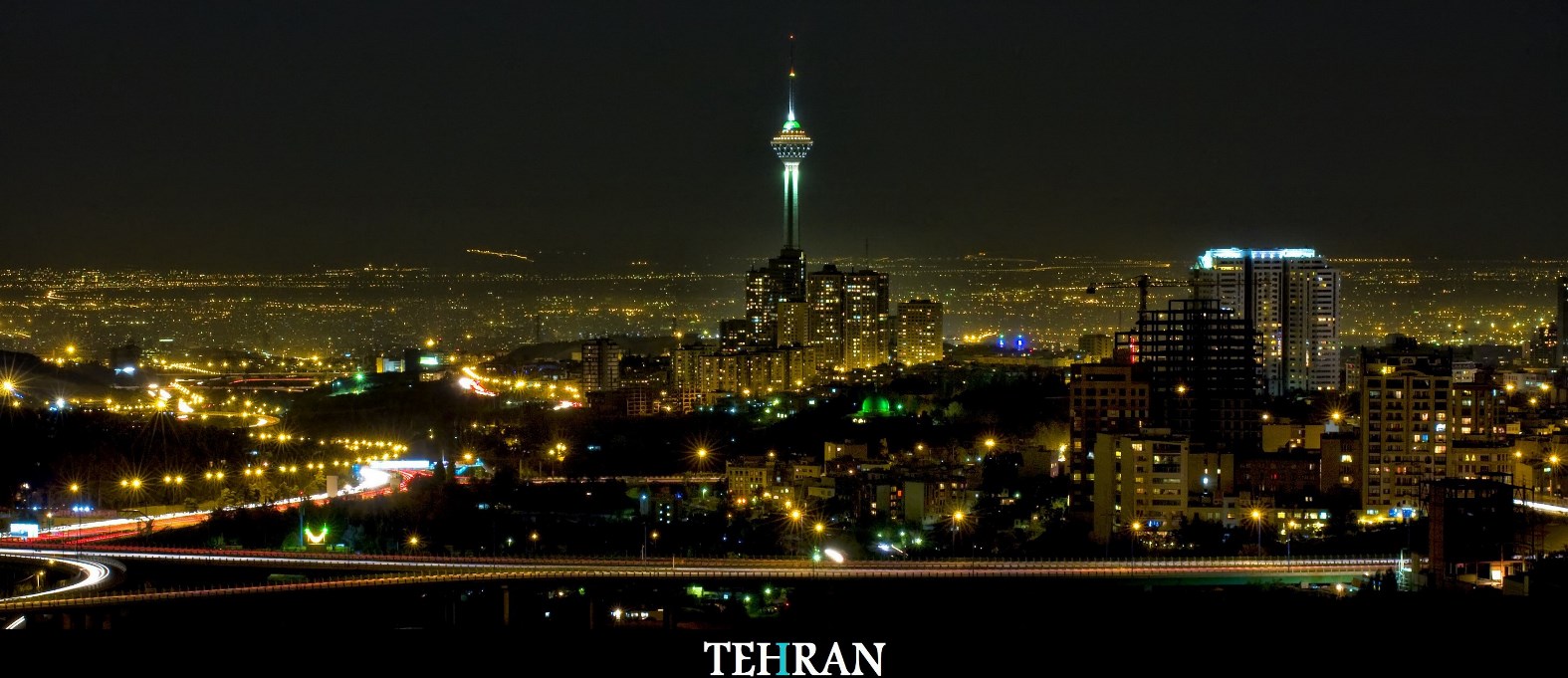
Ever since the victory of the Iranian Revolution in 1979, Tehran’s regional rivals, which happen to be seeking to dominate the global oil market, never relented to tense up their siege of Iran by targeting Iran’s export routs and energy links with the world; but the nuclear deal smashed all regional equations.

A review of Iran’s map and its massive potentialities in energy, industry, transportation and tourism sectors and its situation in the crossroads of Persian Gulf littoral states, eastern and western Asian countries and newly independent states and the region’s geopolitical developments after the Islamic Revolution is telling that major geopolitical changes are under way in the region.
In the 37 years since the Revolution, the enemies have sought to curb Tehran’s geopolitical and geo-economic might as much as they could, and the blockade of Iran by its enemies which hold fast to global oil market domination, kept tightening and aimed at Iran’s export routs and energy links with the world.
From the east, the Peace Pipeline, which was supposed to send Iran’s natural gas to Pakistan and then to India came to a standstill under the pretext of international sanctions on Tehran’s nuclear program; Islamabad signed a key deal with Qatar for the import of liquefied natural gas (LNG) immediately after the removal of sanctions on Tehran; from the west, ISIL began to emerge in Iraq and a proxy war formed in Syria under the excuse of bringing down Bashar Assad, which have blocked Iran’s gas pipeline routes to Europe; in south, repeated disruptions are reported in Iran’s gas exports to United Arab Emirates which favor Abu Dhabi and Qatar which stepped into the Turkish gas market immediately after Iran’s nuclear deal.
The same goes for Iran’s crude oil export which is targeted by mischief of the House of Saud and its allies. They overtook 1.5mbd of Iran’s oil market share after the sanctions intensified in 2011 and are now seeking to sell oil to Iran’s traditional customers even for free to keep them satisfied. However, Tehran has been seeking to restructure its export plans given the new circumstances.
Since implementation of the Joint Comprehensive Plan of Action (JCPOA) and lifting of sanctions on Tehran’s oil exports, Iranian Ministry of Petroleum is crowded by foreign delegations who make the trek to Tehran to hunt out cooperation opportunities heralding a promising future for the country’s economy especially in the oil and gas sector.
Despite allegations of most analysts, Iran has been able to bring its exports to 2mbd in less than 6 months after JCPOA’s implementation which is a record by itself.
By doing so, the country has not only baffled many analysts who denied its ability to double its exports in such a short period of time, it has also become a key player in the oil market.
The 2mbd glut in the oil market will not worsen by the Q3 of 2016 if Iran adds 1.5mbd to its exports and other producers keep their exports at the current levels and demand grows as it should. As a result, the prices will not change a lot by then.
Likewise, a number of OPEC and non-OPEC producers have unofficially agreed to freeze their export growth in a bid to curb further oil price slump.
Meanwhile, oil price slump has led to reduced investments in shale oil and gas projects and reduction of their production which is another reason that makes stabilization of prices at the current prices a mandatory choice for conventional producers.
Unlike other producers, Iran could tap fields it had to stop production from because of the sanctions, and add to its production and exports.
Besides, Iran enjoys a 1% share in the global gas export market and given the fact that its holds 18.2% of global gas reserves, the country’s share in gas exports will jump to at least 10% by 2025.
Despite relentless resistance of Saudi Arabia and its allies, the pressure of international sanctions is reducing on Iran; high-profile business delegations from around the globe are heading to Tehran to win a share in Iran’s market.
The visits are while economy is not in its favorable state in most other oil-producing countries that are eager to lure foreign investors to fund their oil and gas projects to raise their output to alleviate some of the pain caused by falling oil prices; their foreign exchange reserves are estimated to last no more than one or two years. Such producers are used to high-priced oil and have lived such luxurious lives that will bring them crises in the near future if they cannot cope with new oil prices.
Iran, however, remains the only place that, given its massive economic potentialities, can ensure return on foreign capital that would otherwise lose its value over time. However, investors are still juggling opportunities in the country and are sizing up the risks; the newly-unveiled oil contract mode, Iran Petroleum Contract (IPC) could a good answer for skeptics, however.
The large number of incoming delegations to Tehran from around the world is telling enough for the notion that believing that “a ban-free Iran has smashed equations of its regional rivals”.
